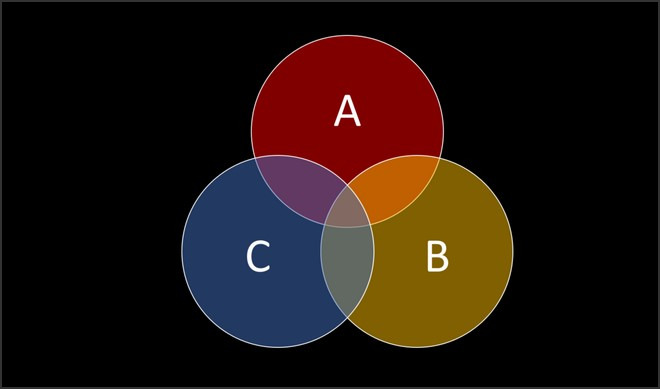Creating Venn Diagrams in PowerPoint: Visualizing Data

Source : https://d2slcw3kip6qmk.cloudfront.net
Creating Venn diagrams in PowerPoint is a great way to visualize data and compare different sets of information. Venn diagrams are a type of graphic organizer that uses overlapping circles to represent the similarities and differences between two or more sets of data. They are often used to compare and contrast different ideas, concepts, or items. With PowerPoint, you can easily create a Venn diagram to help you organize and present your data in a visually appealing way. This guide will provide you with step-by-step instructions on how to create a Venn diagram in PowerPoint.
How to Create a Professional Venn Diagram in PowerPoint: A Step-by-Step Guide
Creating a professional Venn diagram in PowerPoint is a great way to visually represent data and ideas. This step-by-step guide will help you create a professional Venn diagram in PowerPoint quickly and easily.
Step 1: Open PowerPoint and select the “Insert” tab.
Step 2: Select “Shapes” from the ribbon.
Step 3: Select the “Venn Diagram” option from the drop-down menu.
Step 4: Drag and drop the Venn diagram onto the slide.
Step 5: Resize the Venn diagram to fit the slide.
Step 6: Add text to the circles of the Venn diagram.
Step 7: Add arrows to the circles to indicate relationships between the text.
Step 8: Add a title to the slide.
Step 9: Add any additional text or images to the slide.
Step 10: Save the presentation.
By following these steps, you can easily create a professional Venn diagram in PowerPoint. This type of diagram is a great way to visually represent data and ideas, and can be used in a variety of presentations.
Exploring the Benefits of Using Venn Diagrams in PowerPoint to Visualize Data
Venn diagrams are a powerful tool for visualizing data and presenting information in a clear and concise manner. They are especially useful for comparing and contrasting different sets of data, and can be used to illustrate relationships between different elements. In PowerPoint, Venn diagrams can be used to create visually appealing presentations that are easy to understand and interpret.
The primary benefit of using Venn diagrams in PowerPoint is that they are highly effective for conveying complex information in a simple and straightforward way. By using circles to represent different sets of data, Venn diagrams can quickly and easily illustrate the relationships between different elements. This makes it easier for viewers to understand the data and draw meaningful conclusions.
Venn diagrams are also highly customizable, allowing users to adjust the size and shape of the circles to better represent the data. This makes it possible to create diagrams that are tailored to the specific needs of the presentation. Additionally, Venn diagrams can be used to highlight key points or trends in the data, making it easier for viewers to identify important information.
Finally, Venn diagrams are visually appealing and can be used to create attractive presentations. By using colors, shapes, and other design elements, users can create diagrams that are both informative and aesthetically pleasing. This makes it easier to engage viewers and keep their attention throughout the presentation.
In conclusion, Venn diagrams are a powerful tool for visualizing data and presenting information in a clear and concise manner. They are highly effective for conveying complex information in a simple and straightforward way, and can be customized to better represent the data. Additionally, Venn diagrams are visually appealing and can be used to create attractive presentations. For these reasons, Venn diagrams are an excellent choice for PowerPoint presentations.
Conclusion
Creating Venn diagrams in PowerPoint is a great way to visualize data and make it easier to understand. It allows users to quickly and easily compare and contrast different sets of data, making it easier to draw conclusions and make decisions. Venn diagrams are also visually appealing, making them a great choice for presentations. With the help of PowerPoint, creating Venn diagrams is a simple and effective way to present data.





